When I started in the profession, I was the youngest such and such for a long time. Somewhere along the line as the generation before me retired or moved on to greener pastures, I became the old guard. This happens to all of us, which is better than being hit by a bus.
I would like to say that I did my best work in my twenties and now have matured into a stable approach. But, the opposite might be true. I don’t know yet. I’ll decide that when I’m 80. We look at young designers and assign a set of values to them: rebellious, energetic, vibrant, and breaking new ground. We assign values to designers over 40: leaders, maintaining the status quo, stable, and stalwart. Like most generalizations, these don’t apply to all.
It’s easy to think of some of history’s most well-known designers as mature, stodgy, and cranky characters with a big hidden heart like Lou Grant on The Mary Tyler Moore Show, or Miranda Priestly from The Devil Wears Prada. It seems contrary to think of Herbert Bayer as a rebellious upstart cavorting at the Bauhaus, or Ray Eames as the young student. But, as evidenced below, even Paul Rand was once a twenty-something.
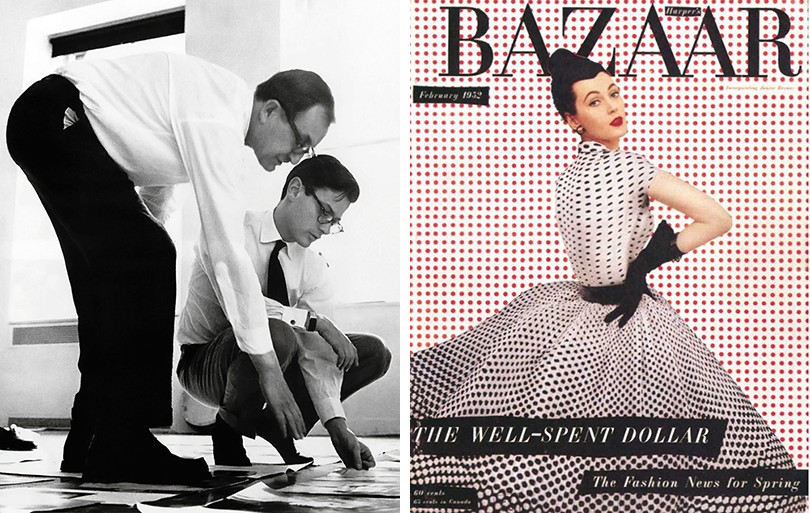
Alexey Vyacheslavovich Brodovitch and Rchard Avedon, Harper’s Bazaar cover, 1952.
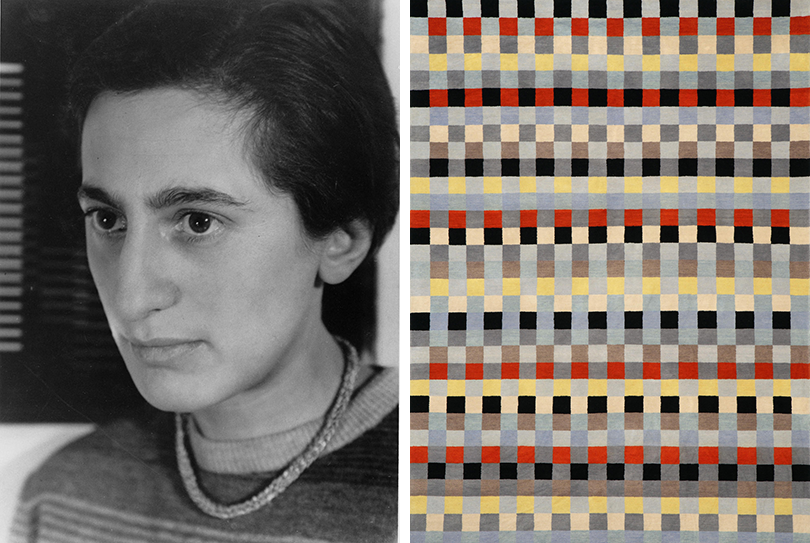
Anni Albers, rug design, 1928.
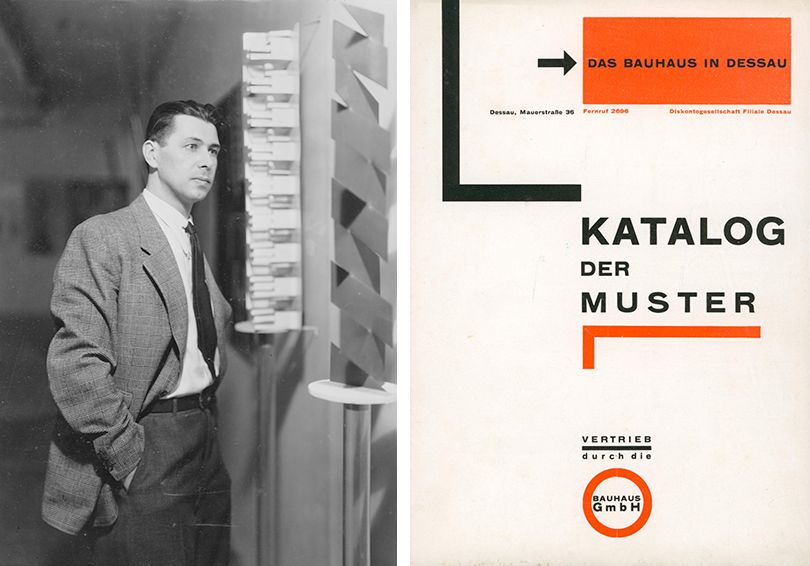
Herbert Bayer, catalogue of samples, 1925.
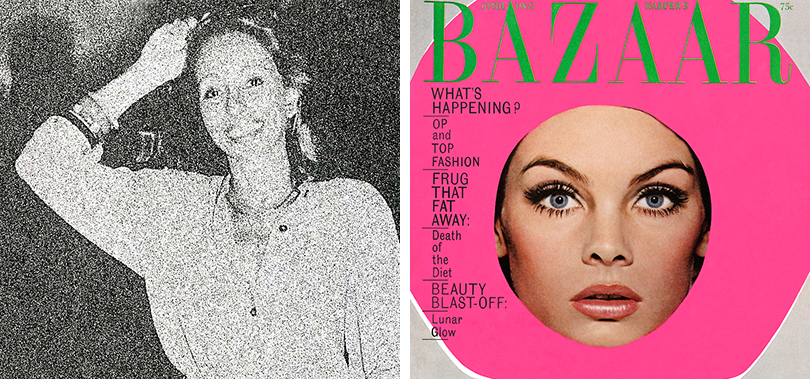
Bea Feitler. Harper’s Bazaar cover, 1965.
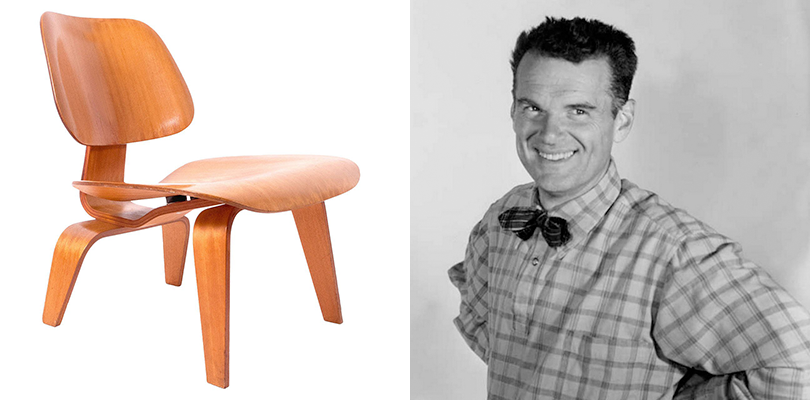
Charles Eames, LCW chair, 1945.
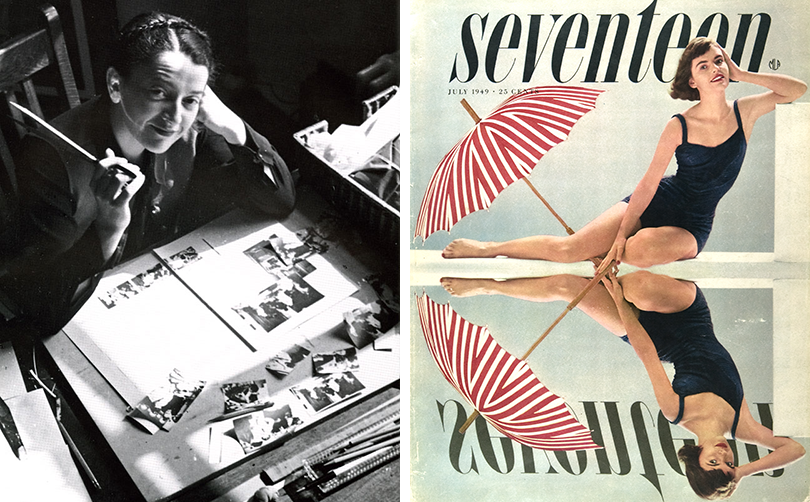
Cipe Pineles, Seventeen magazine cover, 1949.
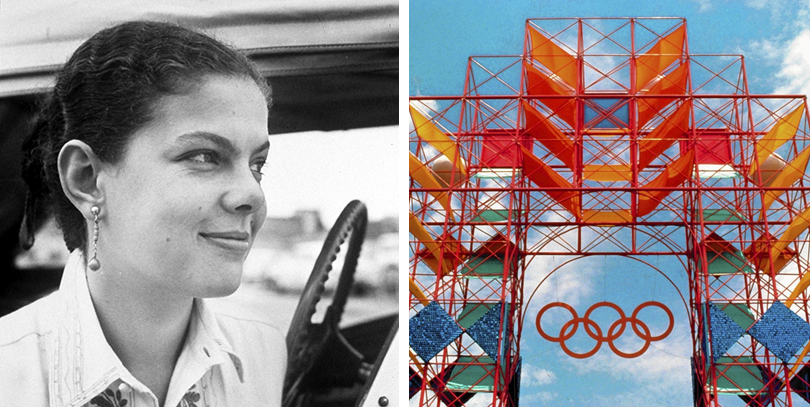
Deborah Sussman, Los Angeles Olympics environmental graphics, 1984.
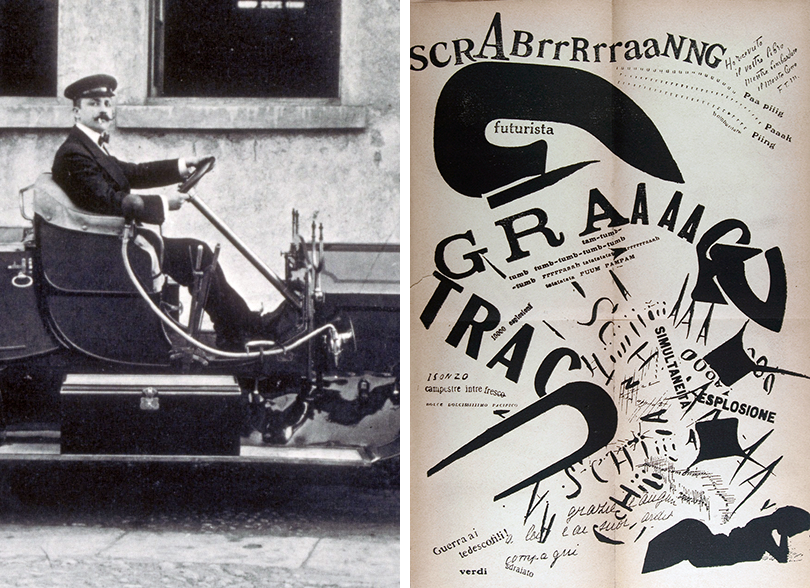
Filippo Tommaso Emilio Marinetti, Une Assemblée tumultueuse. Sensibilité numérique, 1919
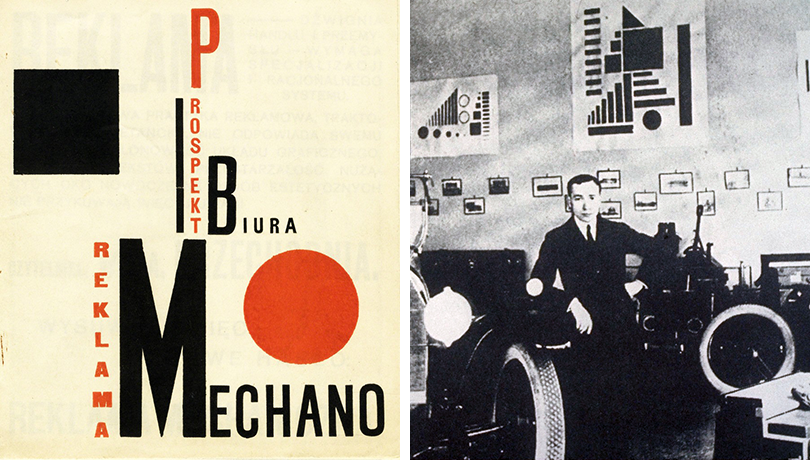
Henryk Berlewi, Reklama Mechano, 1924
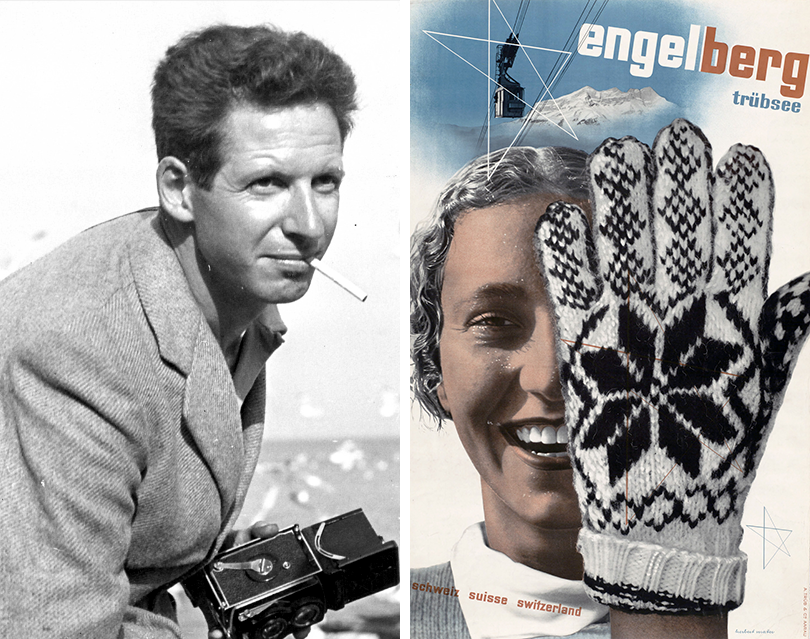
Herbert Matter, Engelberg Trübsee poster, 1936
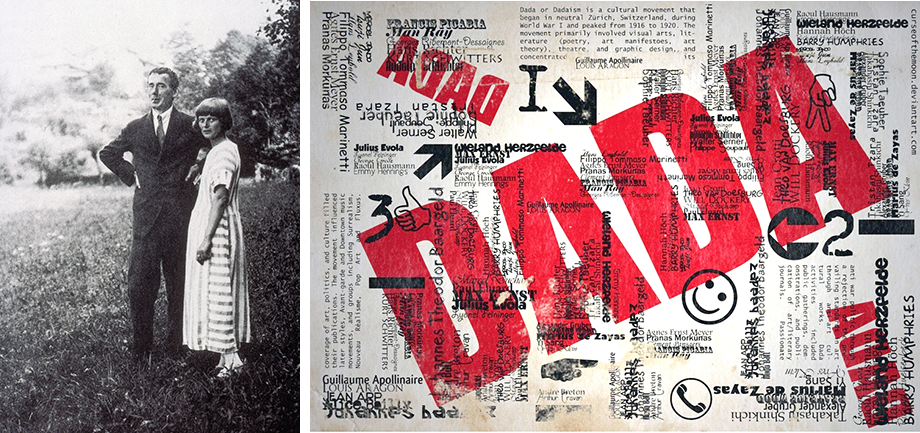
Hugo Ball and Emmy Hennings, founders of Cabaret Voltaire, 1916.
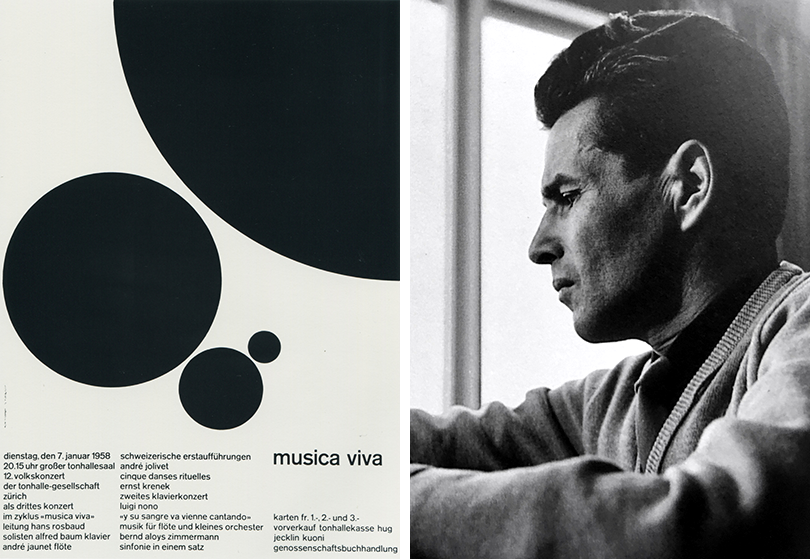
Josef Müller Brockmann, Musica Viva poster, 1958.
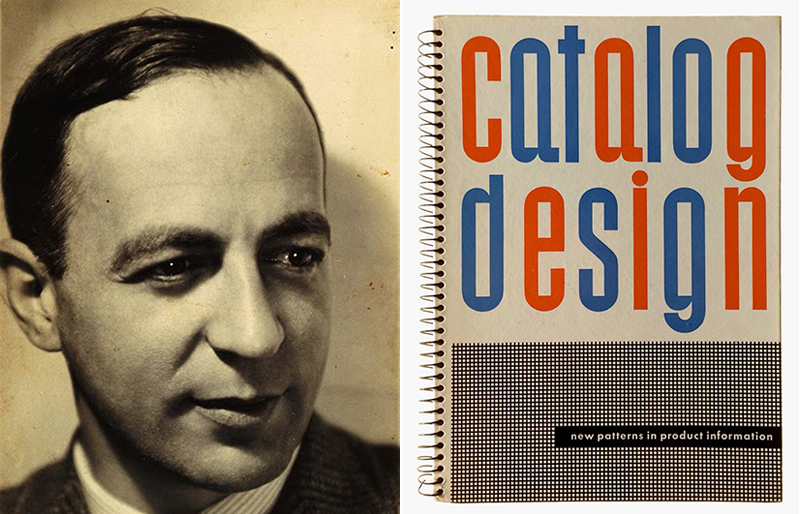
Ladislav Sutnar, Catalog Design cover, 1944.
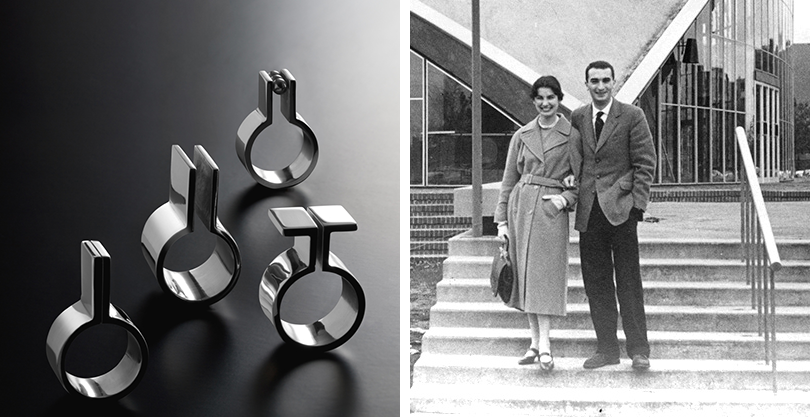
Lella and Massimo Vignelli, Parallele rings, 1973
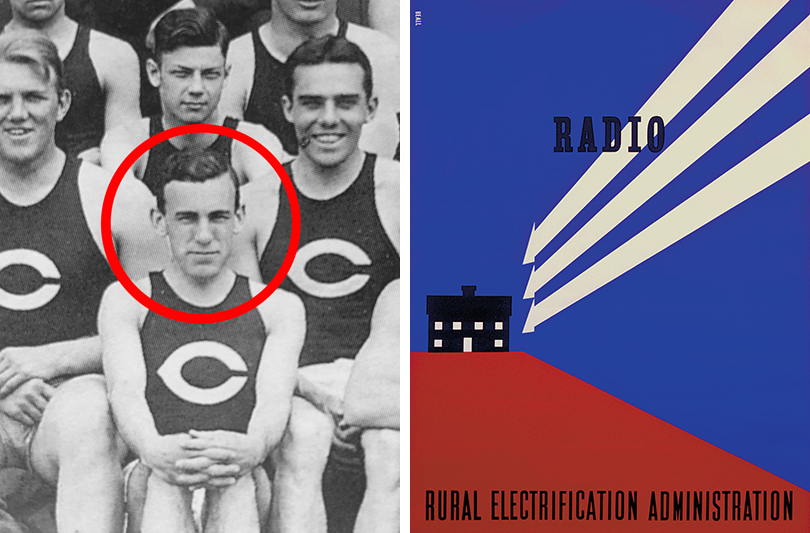
Lester Beall, Rural Electrification Administration poster, 1939.
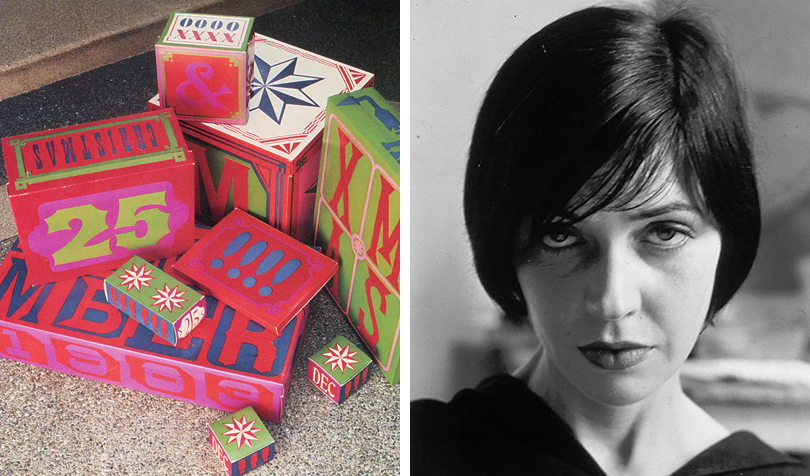
Marget Larsen, Christmas boxes for Joseph Magnin, 1963.

Marianne Brandt, Tea Infuser and Strainer, 1924.
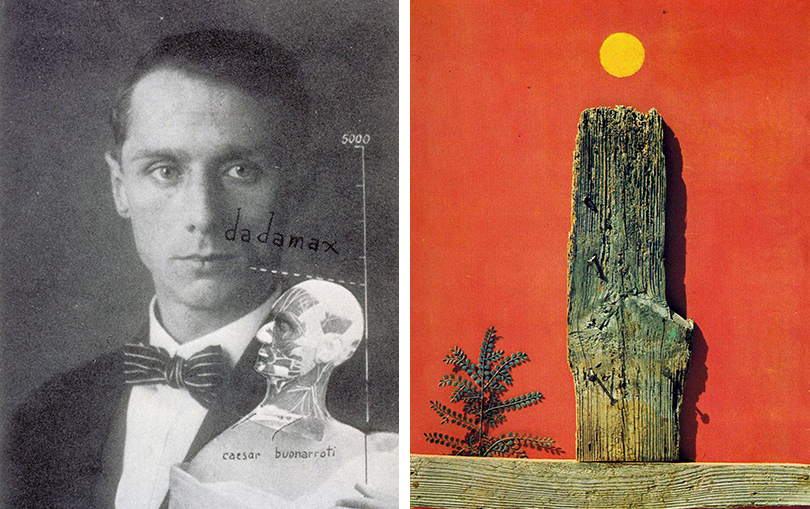
Max Ernst, Red Forest, 1970.

Muriel Cooper; with Suguru Ishizaki, David Small and students, scene from Information Landscapes, 1994.
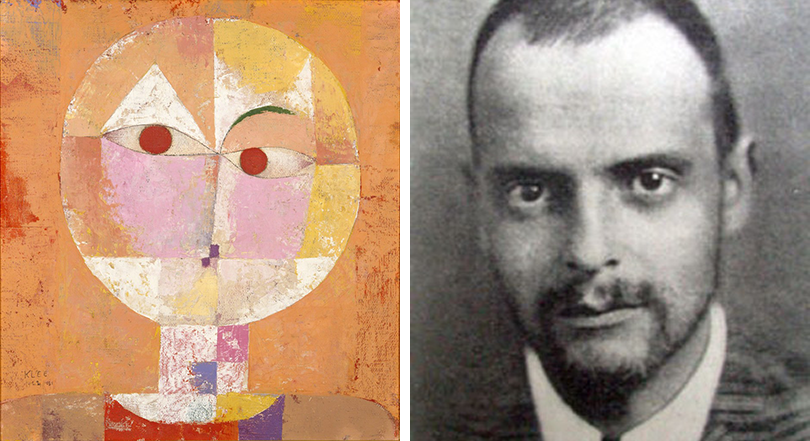
Paul Klee, Senecio, 1922.

Paul Rand, United Parcel Service logo, 1961
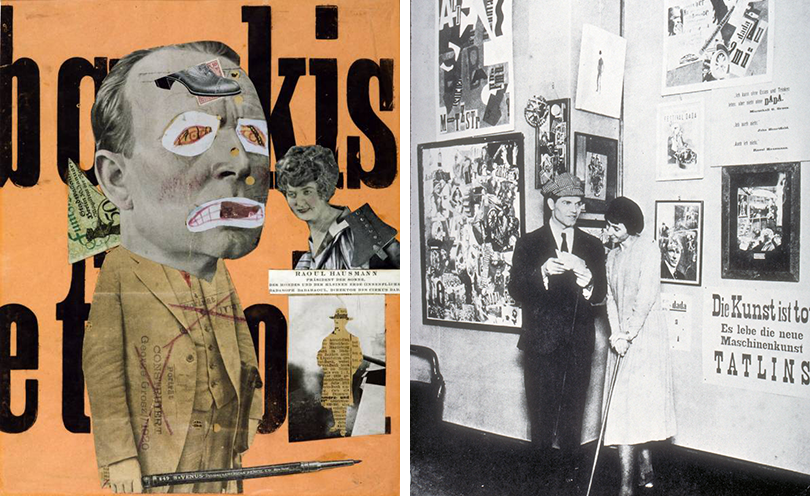
Raoul Hausmann and Hannah Hoch, The Art Critic, 1919.
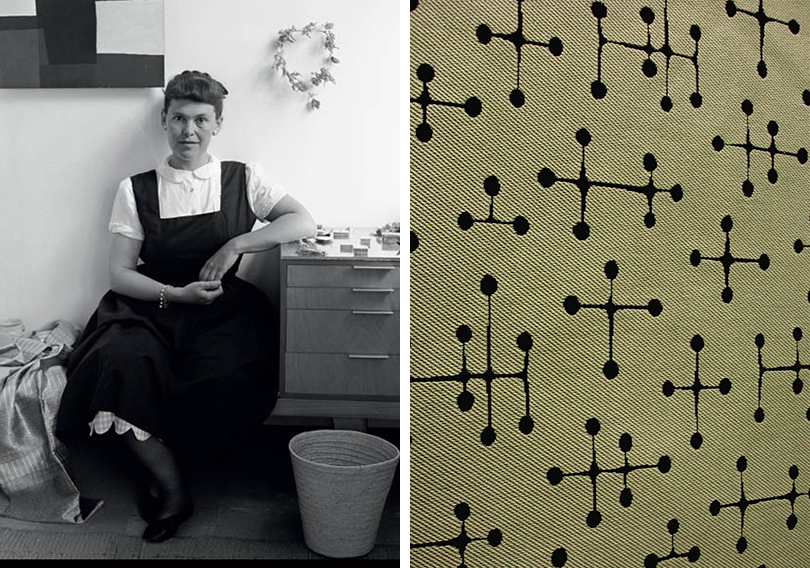
Ray Eames, Dot Pattern textile, 1947.

Saul Bass, Vertigo poster, 1958.
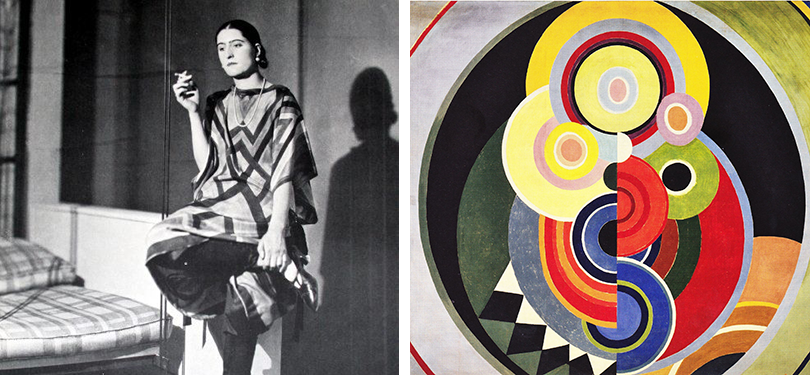
Sonia Delaunay, Prismes electriques 1914.
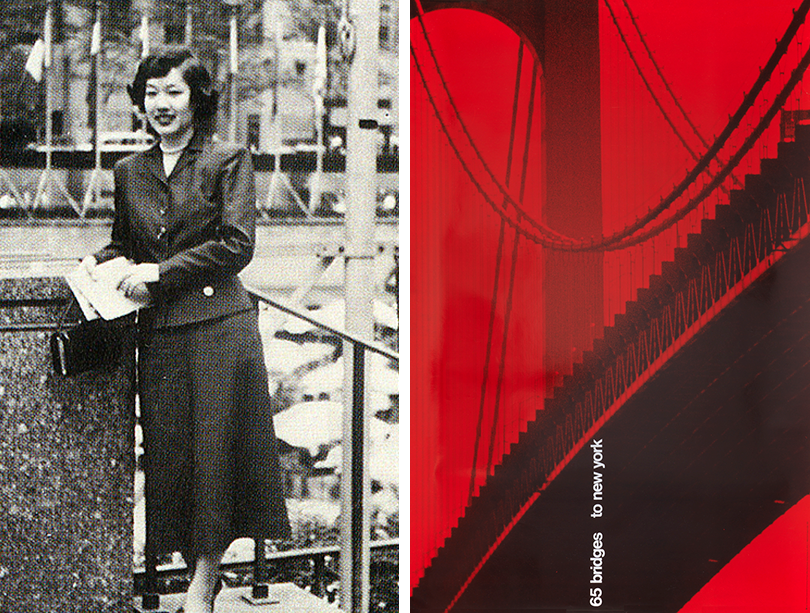
Tomoko Miho, 65 Bridges poster, 1967.

Tristan Tzara, Dada Phone, 1920.

Varvara Fyodorovna Stepanova, poster, 1923.
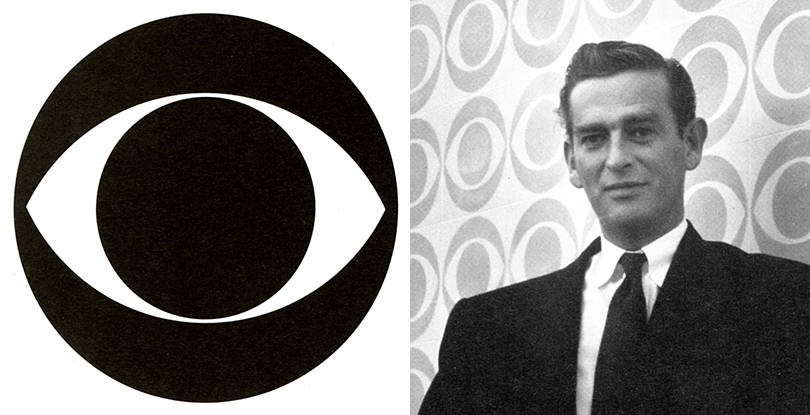
William Golden, CBS logo, 1951.
